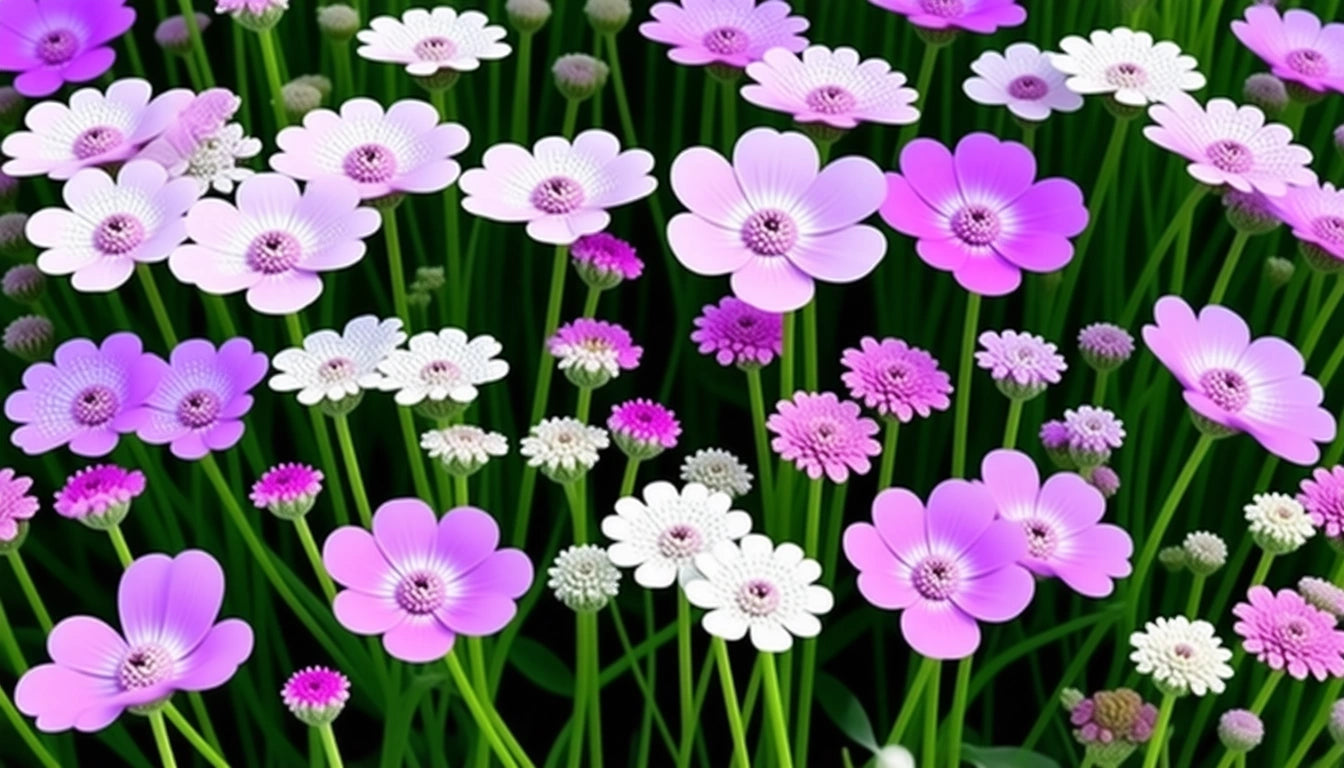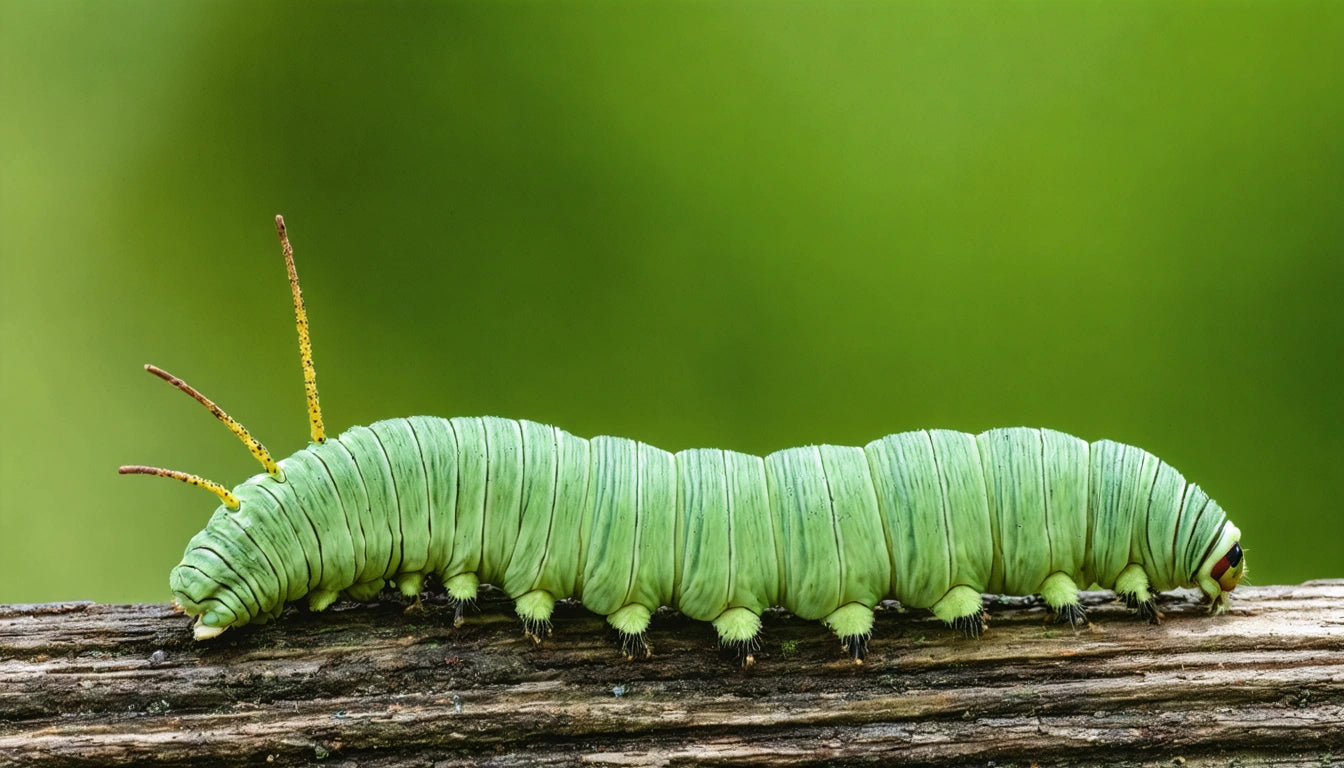Table of Contents
Companion Planting Guide: What to Plant (and Avoid) with Yarrow
Yarrow (Achillea millefolium) is a versatile perennial that offers numerous benefits in companion planting arrangements. Understanding what to plant with yarrow and what not to plant with yarrow can significantly impact your garden's health, productivity, and pest resistance. This guide explores the best companions for yarrow and which plants might struggle when planted nearby.
Benefits of Yarrow in the Garden
Before diving into specific companion relationships, it's important to understand why yarrow makes such an excellent companion plant in the first place. Yarrow offers several advantages to neighboring plants:
- Attracts beneficial insects like predatory wasps, ladybugs, and hoverflies that control pest populations
- Accumulates nutrients from deep in the soil, particularly phosphorus, copper, and potassium
- Improves soil health through its extensive root system
- Increases the essential oil production of nearby aromatic herbs
- Provides ground cover that helps retain soil moisture and suppress weeds
These qualities make yarrow an excellent addition to gardens focused on natural pest management and soil improvement strategies, similar to how companion planting with dill can benefit various garden plants.
Ideal Companion Plants for Yarrow
Vegetable Companions
Yarrow pairs exceptionally well with many common vegetable crops:
- Tomatoes - Yarrow attracts parasitic wasps that prey on tomato hornworms and other caterpillars
- Cucumbers - Benefits from yarrow's ability to draw pollinators
- Brassicas (broccoli, cabbage, kale) - Yarrow helps repel cabbage moths and other brassica pests
- Carrots - Yarrow can help deter carrot flies
- Peppers - Thrive with yarrow's ability to accumulate nutrients and improve soil structure
When planning your vegetable garden, consider incorporating yarrow along the borders or interspersed throughout the beds to maximize these beneficial relationships. Much like when optimizing plant growth, strategic placement can make a significant difference.
Herb Companions
Several herbs thrive when planted near yarrow:
- Oregano - Both plants have similar growing requirements and benefit from each other's presence
- Thyme - Yarrow helps increase essential oil production in thyme
- Sage - Benefits from the beneficial insects yarrow attracts
- Rosemary - Grows well with yarrow in drier soil conditions
- Mint - While mint can be aggressive, it can coexist with equally vigorous yarrow
Creating an herb spiral or dedicated herb garden section with these companions can create a synergistic growing environment. For those interested in specialized growing techniques, our specialized growing containers and supplies can help maximize the potential of these plant combinations.
Flower Companions
Yarrow makes an excellent companion for many flowering plants:
- Echinacea - Both are drought-tolerant and attract similar beneficial insects
- Rudbeckia (Black-eyed Susan) - Creates an attractive pollinator-friendly combination
- Lavender - Shares similar growing conditions and pest-repelling properties
- Zinnias - Attracts different but complementary pollinators
- Asters - Late-blooming asters extend the season after yarrow has finished
These flower combinations not only create visually appealing garden spaces but also establish a functional ecosystem that supports pollinators and beneficial insects throughout the growing season.
Plants to Avoid Planting with Yarrow
While yarrow is generally a beneficial companion, there are some plants that may not thrive when planted too close to it:
- Fennel - Can inhibit the growth of yarrow and vice versa
- Heavy feeders like corn - May compete with yarrow for nutrients
- Moisture-loving plants like astilbe or ligularia - Yarrow prefers drier conditions
- Highly aggressive spreaders like mint or certain grasses - May compete for space
- Plants that require acidic soil - Yarrow prefers neutral to slightly alkaline conditions
Understanding what not to plant with yarrow is just as important as knowing its ideal companions. When planning your garden layout, keep these potential conflicts in mind to ensure all your plants have the opportunity to thrive.
Effective Planting Techniques
To maximize the benefits of yarrow as a companion plant, consider these planting strategies:
- Plant yarrow along the borders of vegetable beds to attract beneficial insects
- Intersperse yarrow throughout flower gardens to improve soil health
- Use yarrow as part of a potted plant arrangement with compatible herbs
- Plant yarrow in areas where soil improvement is needed
- Consider yarrow for erosion control on slopes, where it can stabilize soil while benefiting nearby plants
When incorporating yarrow into existing gardens, plant it near species that will benefit most from its properties. For new gardens, consider designing with yarrow as a foundational species around which other plants are arranged.
Maximizing the Benefits of Yarrow Companion Planting
To get the most from yarrow's companion planting potential, implement these practical strategies:
- Regular pruning - Trim yarrow after its first bloom to encourage a second flowering period that extends pollinator benefits
- Strategic spacing - Allow adequate space between yarrow and companions to prevent competition
- Soil conditioning - Enhance yarrow's nutrient-accumulating abilities by ensuring proper soil pH (6.0-7.0)
- Mulching - Apply organic mulch around yarrow and companions to conserve moisture and suppress weeds
- Proper fertilization practices - Avoid over-fertilizing, as yarrow performs best in lean soil
By thoughtfully integrating yarrow into your garden planning, you can create a more resilient, productive, and ecologically balanced growing environment. Whether you're a home gardener or interested in larger-scale cultivation, yarrow's companion planting benefits make it a valuable addition to diverse growing systems.
Remember that successful companion planting requires observation and adaptation over time. What works in one garden may need adjustment in another due to differences in climate, soil, and specific plant varieties. Keep notes on your yarrow companion planting successes and challenges to refine your approach season after season.











Leave a comment
All comments are moderated before being published.
This site is protected by hCaptcha and the hCaptcha Privacy Policy and Terms of Service apply.